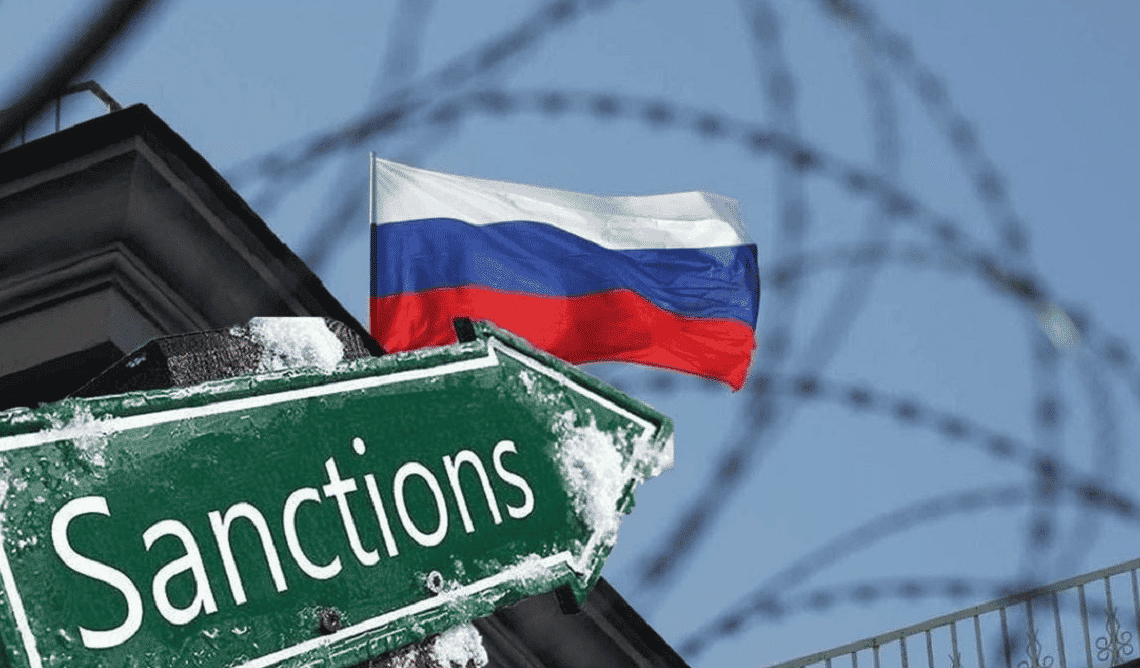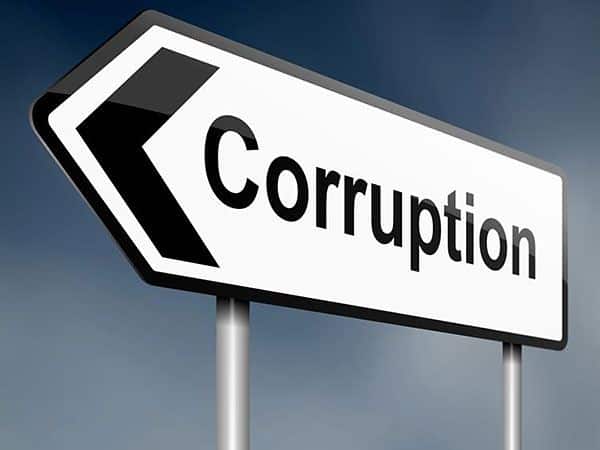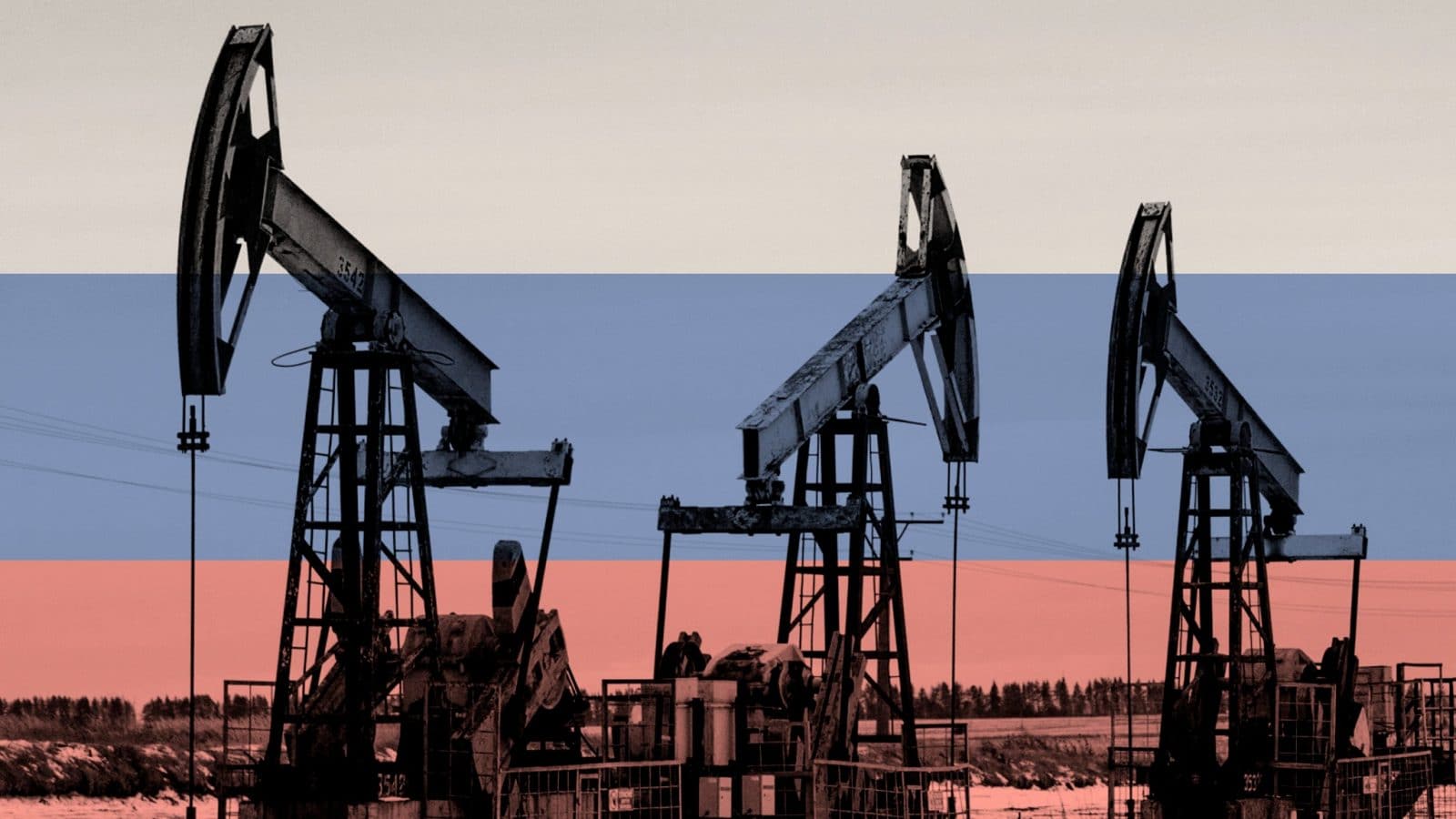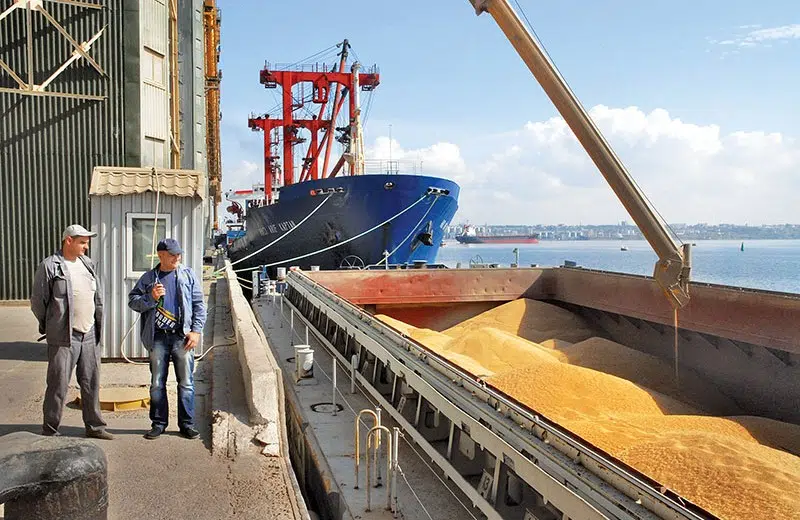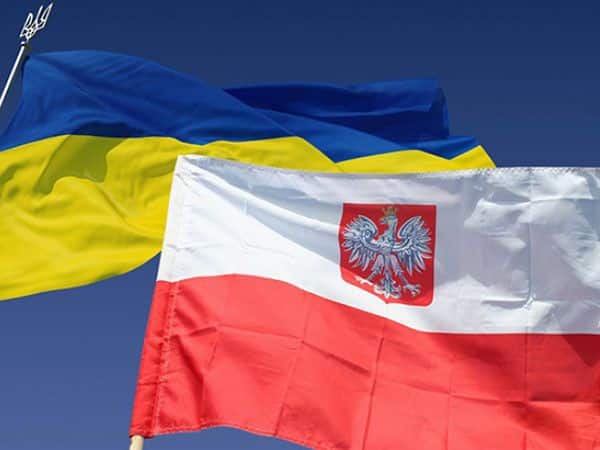Table of Contents
March 2022. The harshest sanctions in history against Russia are being discussed in the government offices of many countries. With each new package of restrictions, the forecasts for the Kremlin looked increasingly bleak.
Russia was predicted to have a 30% drop in oil production, a 15% decrease in GDP, and a decrease in imports of up to 50%. Unfortunately, none of these forecasts came true. Now, Russians are laughing at these predictions about as much as Ukrainians laugh at plans to “take Kyiv in three days.”
Western sanctions turned out to be too “compromising.” Some of the restrictions were simply abandoned, some were not pushed hard enough and left plenty of loopholes, and in some cases, the aggressor was given time to adapt, postponing the implementation of sanctions for a year or even two.
As a result, instead of paying for military aggression in 2022, Russia reaped windfall profits. Now, the state sponsoring terrorism continues to earn at least as much as before February 24, 2022.
The main goal of the sanctions is to force Russia to stop the war. War means big money, and money comes from trade. If the blows to trade don’t become devastating for the Kremlin, then the entire current sanctions policy will require profound changes.
It hasn’t gotten worse
Trade consists of exports and imports. The difference between them is the trade balance. The idea behind sanctions is to hit the aggressor’s trade flows — to maximize the reduction of its exports and limit imports.
Then, Russia supposedly won’t be able to finance the war, the authorities will regret their actions towards Ukraine and will be forced to retreat. In practice, the impact of sanctions on Russian trade is much smaller than the Western world had hoped for.
Russian exports in 2022 did not decrease but increased by 20%. The reason is that Russia chose the best time for itself at the beginning of the full-scale war — the peak of global inflation. This was a period when the global industry was recovering from the coronavirus, and Central Bank interest rates were low. Everyone needed raw materials, and everyone had money for it, so prices on the exchanges were rising.
When Russia invaded Ukraine, there was a shock in the commodity markets. Exchanges reacted with rising prices for oil, gas, food, and metals. Fearing even higher commodity prices, Western countries postponed the introduction of sanctions against Russia for 6-12 months.
See also: A sanctions bag full of holes: what the West must do to stop Russia
So, the aggressor bought time. Throughout 2022, Moscow was swimming in dollars: Russian exports reached $591 billion. This is a record high for the entire history of the Russian Federation.
By the end of the year, global inflation had subsided, and the embargo on energy resources finally took effect. Russian exports started to decline. In the first half of 2023, exports from Russia fell to $206 billion compared to $306 billion for the same period in 2022, a 30% drop. So, did the sanctions work? Yes and no.
Russia only returned to pre-war levels. Aggressor exported similar amounts in 2019-2021. Looking solely at the numbers, the sanctions did not make Russian exports worse; they deprived it of excess profits and brought it back to 2021 levels.
However, if you consider qualitative indicators, Russia started exporting more oil and significantly fewer high-value-added goods, such as pharmaceuticals, automobiles, railway transport, and furniture.
In the long run, this will affect the competitiveness of the Russian economy and make it more dependent on commodity prices. In other words, the sanctions hit the future prospects of specific Russian industries but did not deprive the country of trade revenues.
Now, let’s talk about imports. Imports are important because Russians not only earn money but also spend it. High-tech manufacturing, including weapons, depends on imports. Imports into Russia significantly declined after Western brands, mostly importing their own products, withdrew.
Economists expected that by the end of 2022, the drop in imports would be at least a third. This would leave more foreign currency in the country, strengthen the Russian ruble, leading to a loss of tax revenues in the national currency for the federal budget. Additionally, industrial production would slow down due to technological embargo.
The forecast turned out to be inaccurate. Imports in Russia only fell by 13%. For comparison, during the crises of 2009 and 2015, the decline was three times more significant. In the first half of 2023, imports in Russia stabilized at the pre-crisis level of 2021.
The sanctions worked somewhat better when it comes to the import of technological components. If we compare July 2023 to July 2021, the supply of electrical machines and components decreased by 27%, computers by 13%, instruments and apparatus by 46%, and transportation equipment by 70%.
Likely, the quality of these goods also suffered because Russia had to compensate for the lost imports with Chinese products. However, it’s impossible to determine how much of this is Chinese and how much is imported from Western countries. Nevertheless, Russia did not lose the ability to produce technological weapons, although now components take longer to arrive and are more expensive.
Russia’s trade surplus in the first half of 2023 amounted to $57 billion, which is only 15% less than the same period in 2021. Since Russia continues to export more goods than it imports, the Central Bank has the ability to replenish its reserves.
“Russian institutions have already accumulated $150 billion in new foreign assets during the sanctions regime. Although the sanctions were able to freeze a significant portion of Russia’s pre-war reserves, they did not immobilize new flows,” says Lydia Lisovska, Doctor of Economics.
Overall, the trend of decreasing exports and increasing imports in the Russian economy exists. Currency in the country is becoming scarcer, causing the Russian ruble to devalue to 100 against the dollar. However, the Central Bank of Russia can use its accumulated reserves at any time to stabilize the exchange rate.
The trade surplus is the primary force through which Russia can maintain macro-financial stability and continue its aggression. It’s not taxes but the positive trade balance that matters. The decline in tax revenues will only lead to increased domestic borrowing or hidden deficit monetization but will not affect the ability to build shadow import schemes and wage wars.
“As long as Russia maintains a trade surplus, it will be indifferent to freezing its assets in the West. As long as the aggressor earns from international trade, this step will remain rather symbolic. Only a severe blow to currency inflows can genuinely harm the aggressor,” said the former member of the Council of the National Bank of Ukraine, Viktor Koziuk.
Why sanctions aren’t working
One of the reasons is that sanctions have been stretched over time. Russia had 6-12 months of leeway to prepare for the embargo: find new sales markets, establish component supplies, build infrastructure, and gain political support in neutral countries.
It appears that sanctions only take effect when Russia finds an alternative to the Western market. If completely replacing the European market is impossible, alternative buyers mitigate the negative consequences for Russia. There is no shock from the abrupt cessation of supplies, and the sanctions lose their meaning.
See also: Games around oil: will Russia lose from the OPEC+ decision?
In just a year, the geography of Russian oil exports has undergone significant changes. Russian oil flows shifted to India, China, and Turkey before the embargo was imposed at the beginning of 2023. Therefore, Russia’s oil production has hardly decreased, and it continues to earn.
The change in markets forces Russia to offer significant discounts on its products, but this is temporary. If at the beginning of the invasion of Ukraine, the discount on Russian Urals crude oil was $30 per barrel, it is now $16. Everything is moving towards the gradual consolidation of Russian goods in Asia, and their prices will rise.
The withdrawal of Western companies from the market is also not a verdict for Russia. Firstly, not all companies have done so. Some are increasing imports and saturating the vacant market. Secondly, Russia has managed to arrange the import of certain essential goods through third countries.
The business environment in Russia has proven to be developed enough to facilitate parallel imports, where goods are imported through third countries. By having warehouses in Kazakhstan and a well-established logistics system, it becomes possible to import both permitted and prohibited goods into Russia.
Currently, this phenomenon has become widespread. Many Russian logistics companies offer this service as a turnkey solution. It is more expensive than importing goods directly, but these schemes help sustain the Russian industry. Russia can import automotive parts, machinery, specialized chemicals, and electronics through such means.
A series of intermediaries are enabling the flow of electronic components for weaponry into Russia. Although Western countries prohibit selling them to Russia, microchips find their way to Russian plants, particularly through Turkey, China, Kyrgyzstan, Kazakhstan, and Uzbekistan.
Even Western partners turn a blind eye to this. The Chief Economist of the Institute of International Finance, Robin Brooks, noted that this year, Germany’s export figures to Kyrgyzstan are twice as high as Kyrgyzstan’s import figures from Germany.
It is likely that the difference in these figures arises because some of the goods go directly to Russia, while some go through Kyrgyz intermediaries. Trade between Germany and Kyrgyzstan has anomalously increased by tens of times, and no one sees anything suspicious in this.
Not all Russian goods are subject to sanctions. Besides civilian and food products, there are several exceptions: platinum, non-ferrous metals, diamonds, and some steel products. Western countries, mostly the EU, continue to buy these, increasing Russian exports by at least $20 billion.
In the end, the embargo on energy resources is somewhat compromised. Firstly, Russian oil still flows to the EU through one branch of the Druzhba pipeline. Secondly, both pipeline and liquefied gas imports are ongoing, with the latter even increasing. Along with gaps in the oil embargo, this contributes tens of billions of dollars to the aggressor’s treasury.
“The Western approach to applying sanctions is sometimes less decisive than the authoritarian and swift actions of Russia, whose adaptive capabilities are underestimated. Partners also tread cautiously when it comes to potential economic consequences of imposing sanctions, which slows down and dilutes the process,” noted Vladyslav Vlasiuk, an advisor to the Office of the President.
What happens next
Sanctions are at a stage where each subsequent restriction can harm both Russia and Western countries. However, maintaining the status quo only benefits Russia.
In recent months, the pressure against Russia has not increased, giving the aggressor time to search for new markets and ways to circumvent sanctions. Ultimately, Russian revenues may remain at a comfortable level for the continuation of the war.
What to do about this? Since the beginning of the war, Ukrainians have proposed the most radical methods. For example, the World Congress of Ukrainians insists on a complete cessation of trade with the aggressor and the disconnection of all Russian banks from SWIFT.
Over the course of a year and a half of war, it has become clear that there will be no complete trade embargo against Russia. Russia is guaranteed to retain exports of food, fertilizers, access to the Asian market, and certain technological and civilian goods. However, this does not mean that the aggressor has no vulnerabilities.
For instance, Russian gas exports depend on the EU, and reorienting them towards China would take many years. The trump card for significantly reducing Russian natural gas production, one of the largest sources of currency, remains in the hands of Western countries. The same goes for Russian non-ferrous metals, platinum, and diamonds, which Asian countries are unable to absorb.
There is still potential to strengthen the technological embargo. To achieve this, diplomatic and sanctions pressure on intermediaries should be increased, and control over components should be intensified, all the way to the end consumer.
According to Vlasiuk, Ukraine is promoting the idea of synchronizing sanctions with all its allies and confiscating Russian assets. The latter is the only chance to hold the aggressor financially accountable.
If Western allies want to give Ukraine a “second wind” in its fight against the aggressor, they must change their approach to this war: acknowledge mistakes and take conceptually new, more decisive sanctions steps against the Kremlin.
Originally posted by Bohdan Miroshnychenko on Economichna Pravda, translated and edited by the UaPosition – Ukrainian news and analytics website
See also: What future awaits the transit of Russian oil to Europe?

